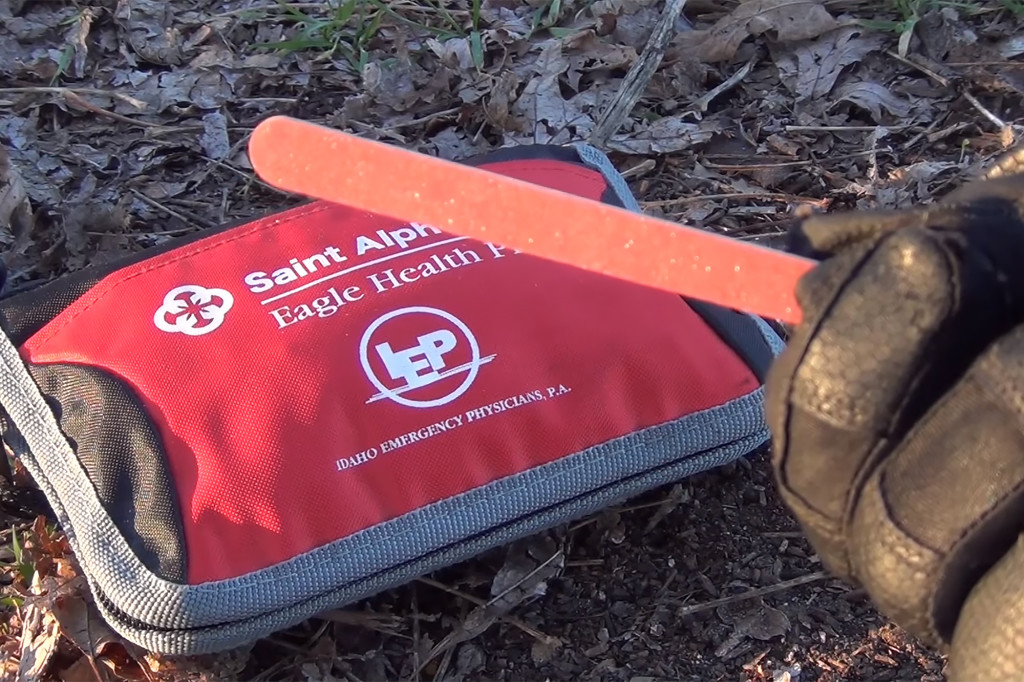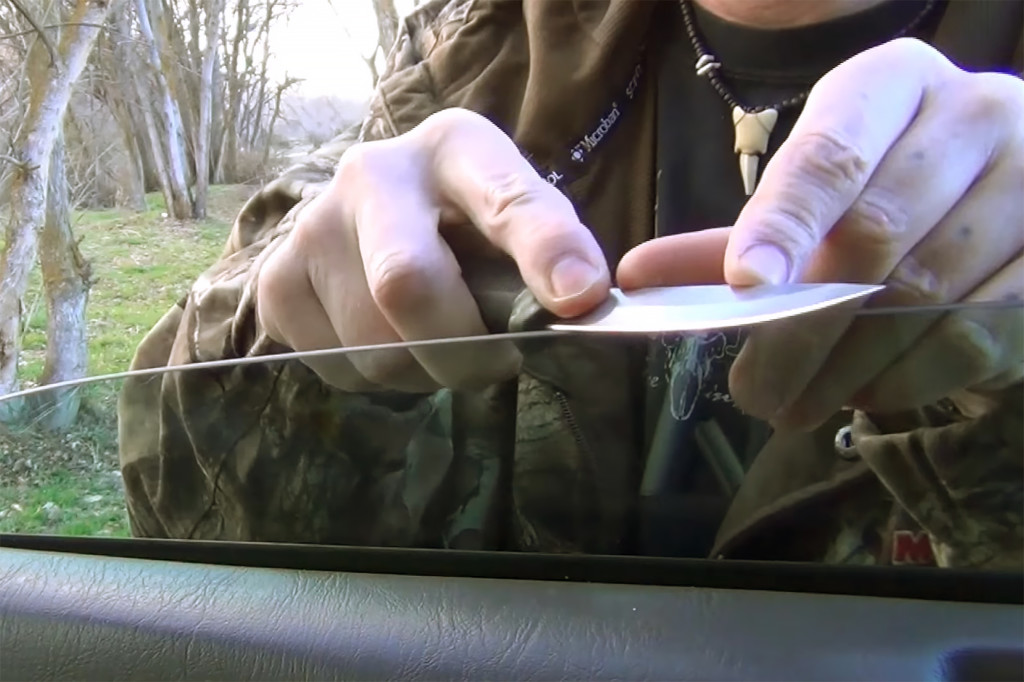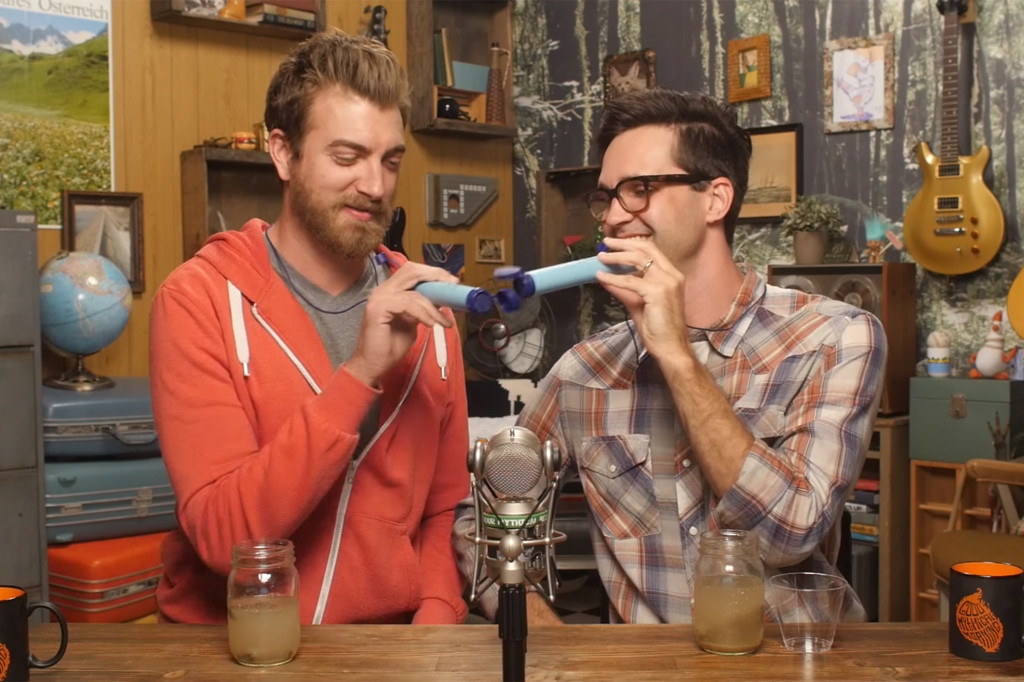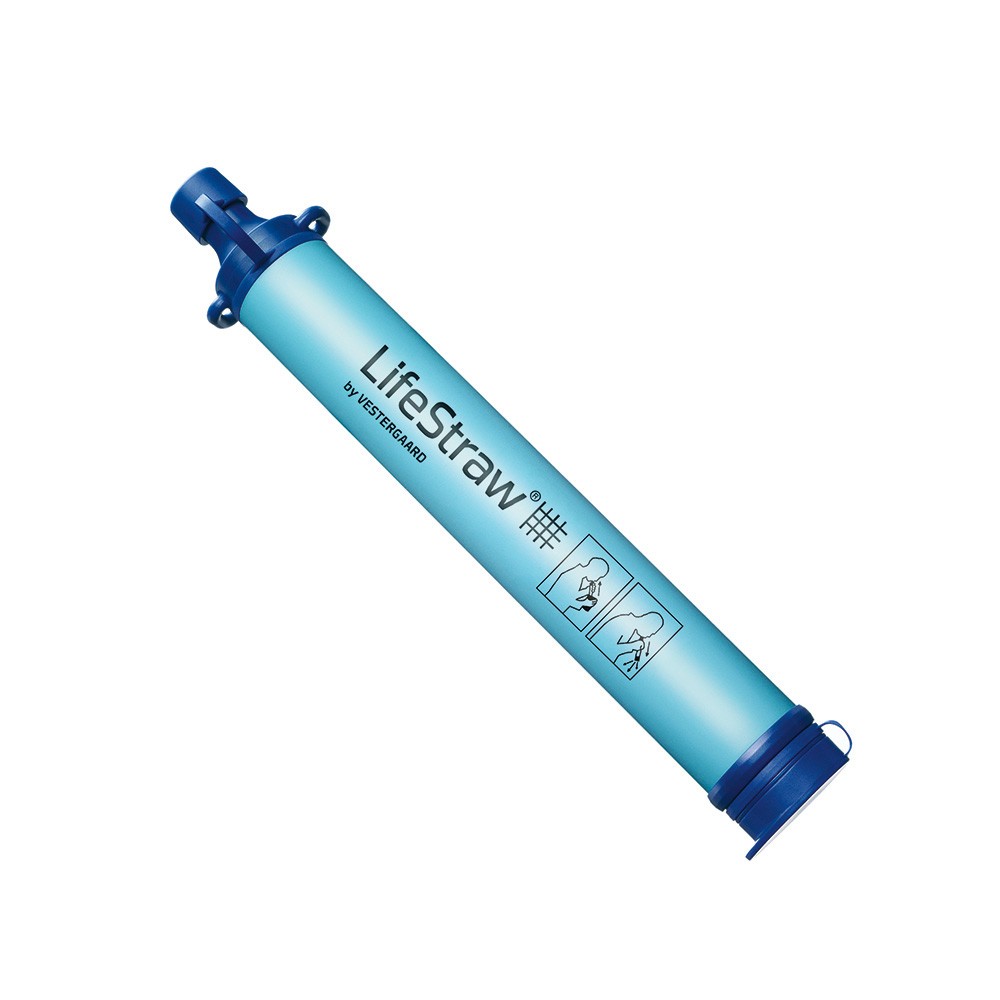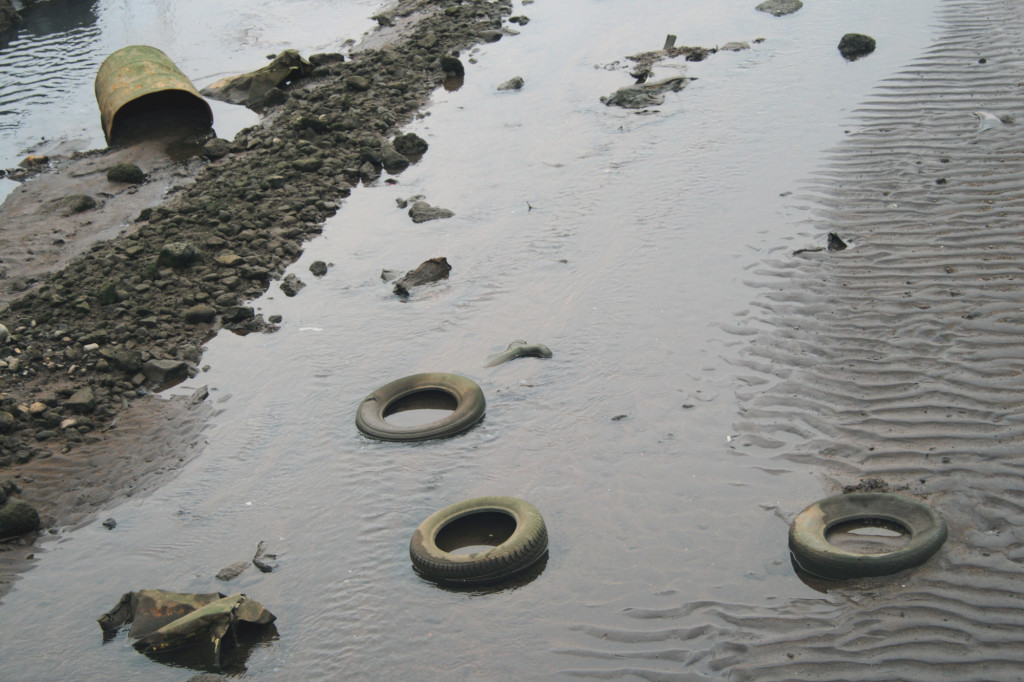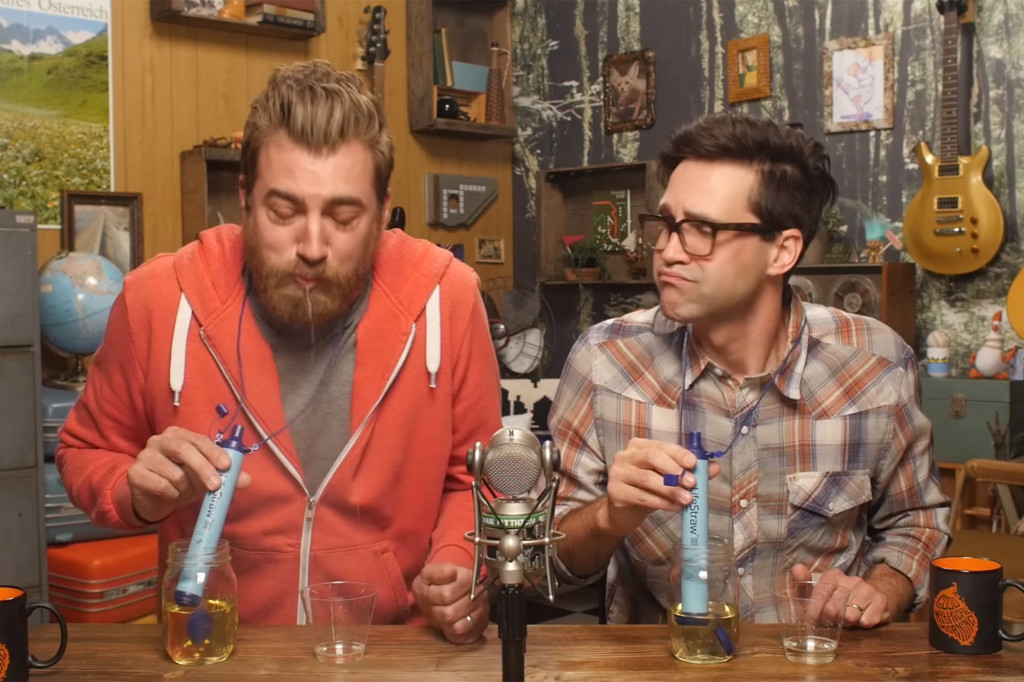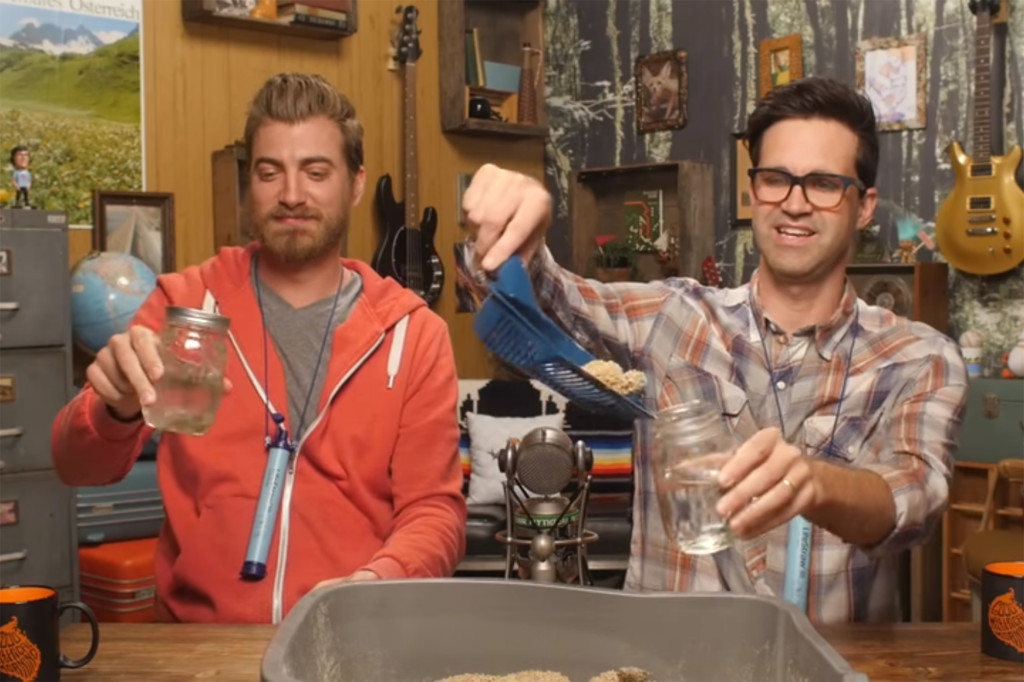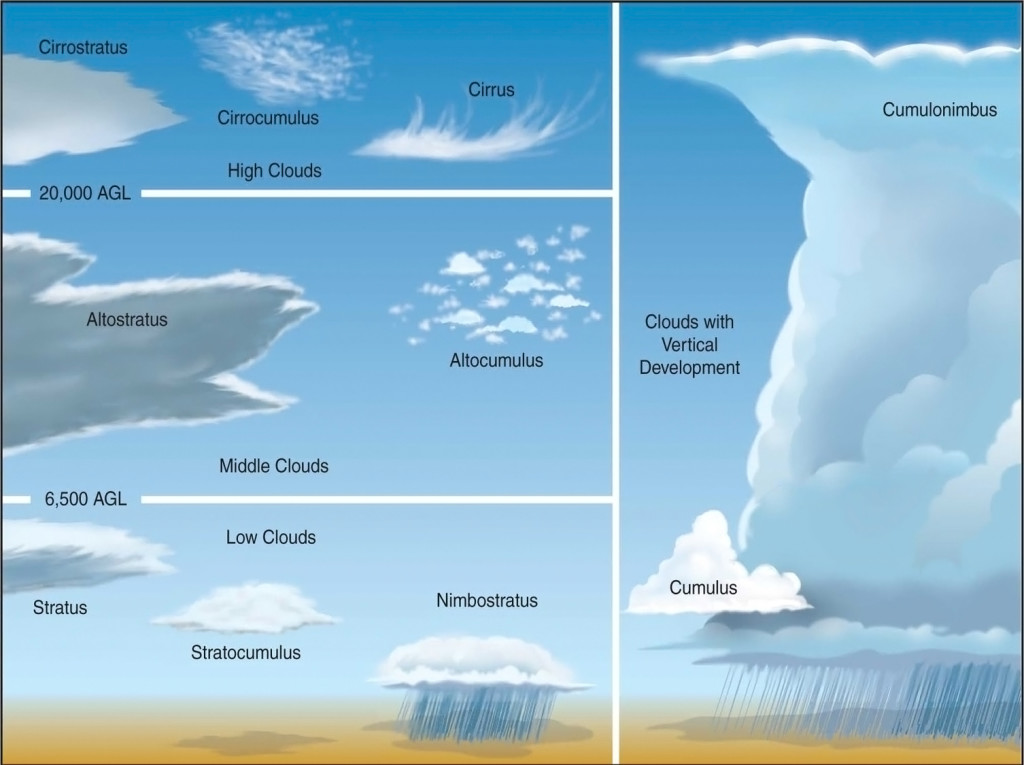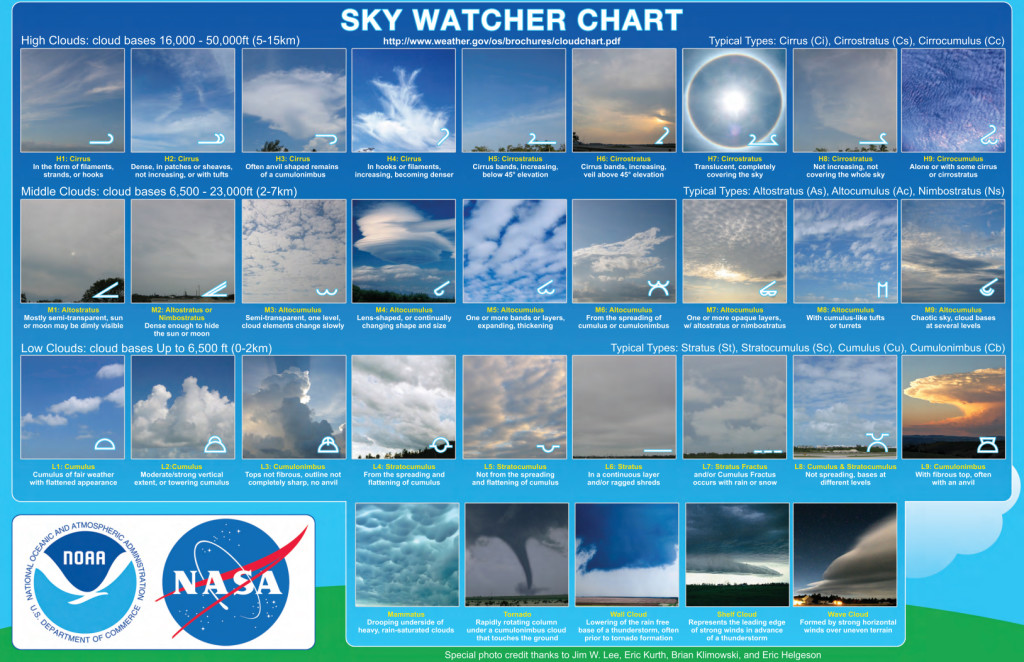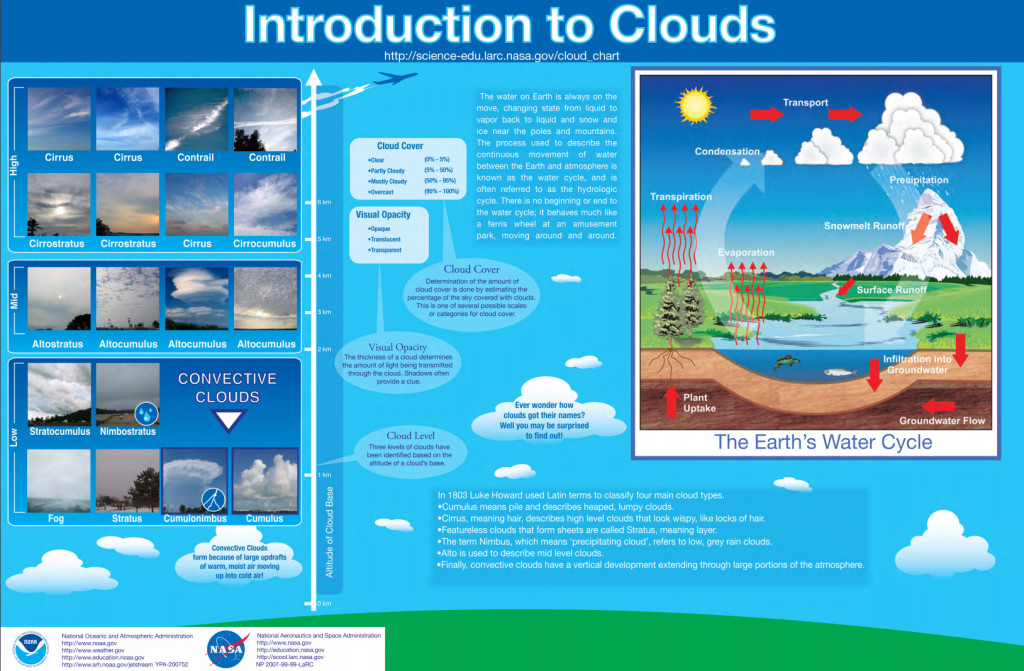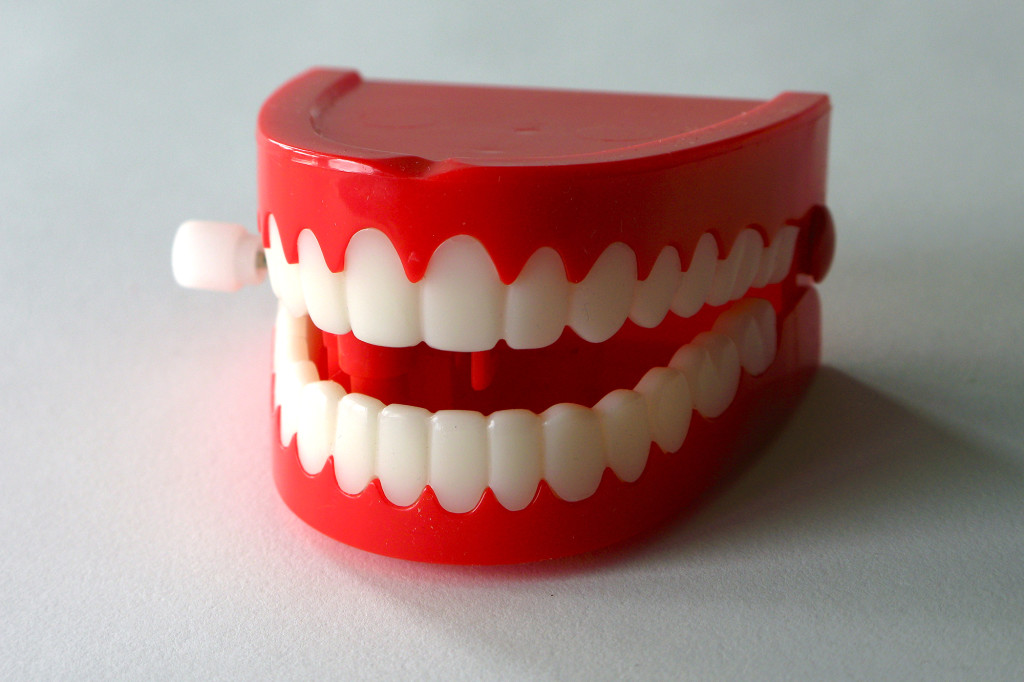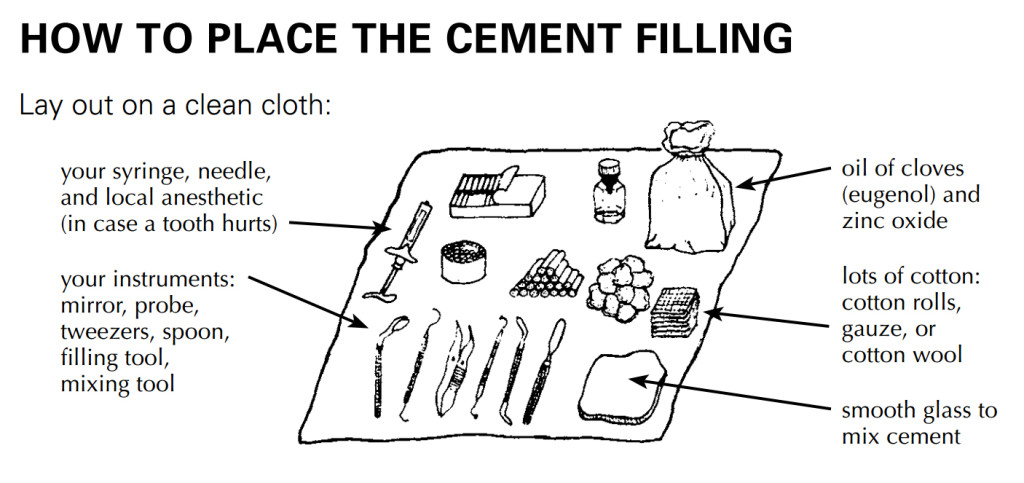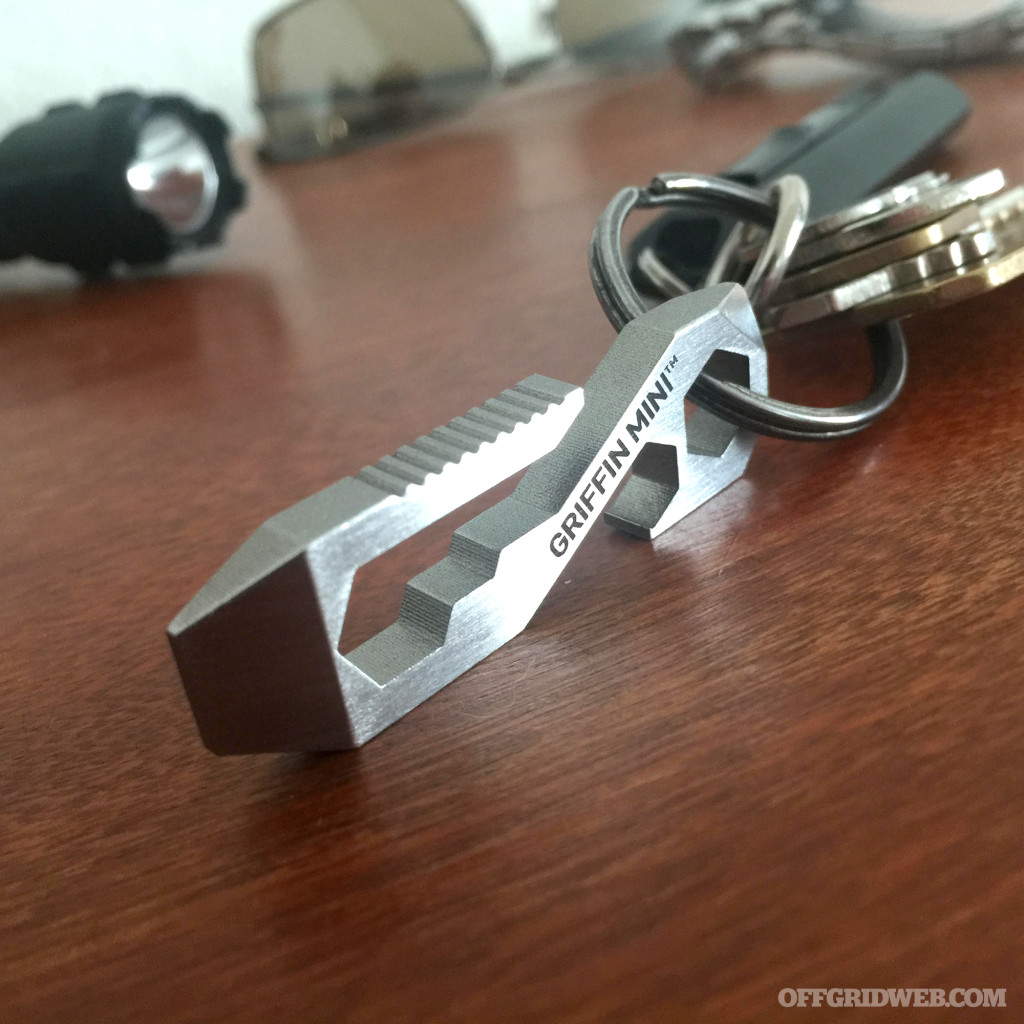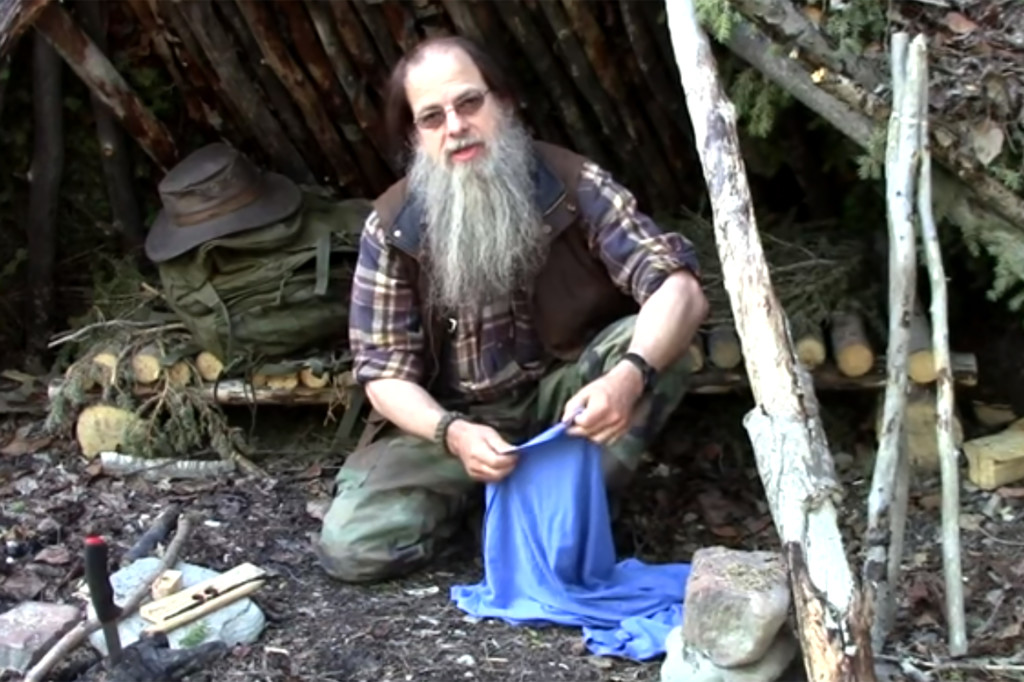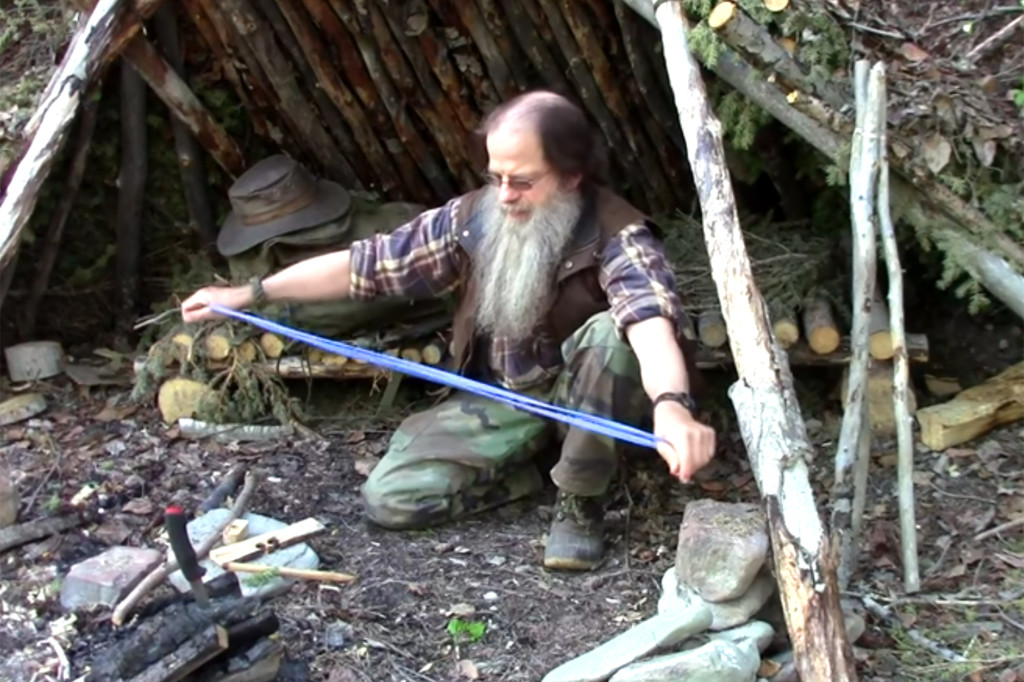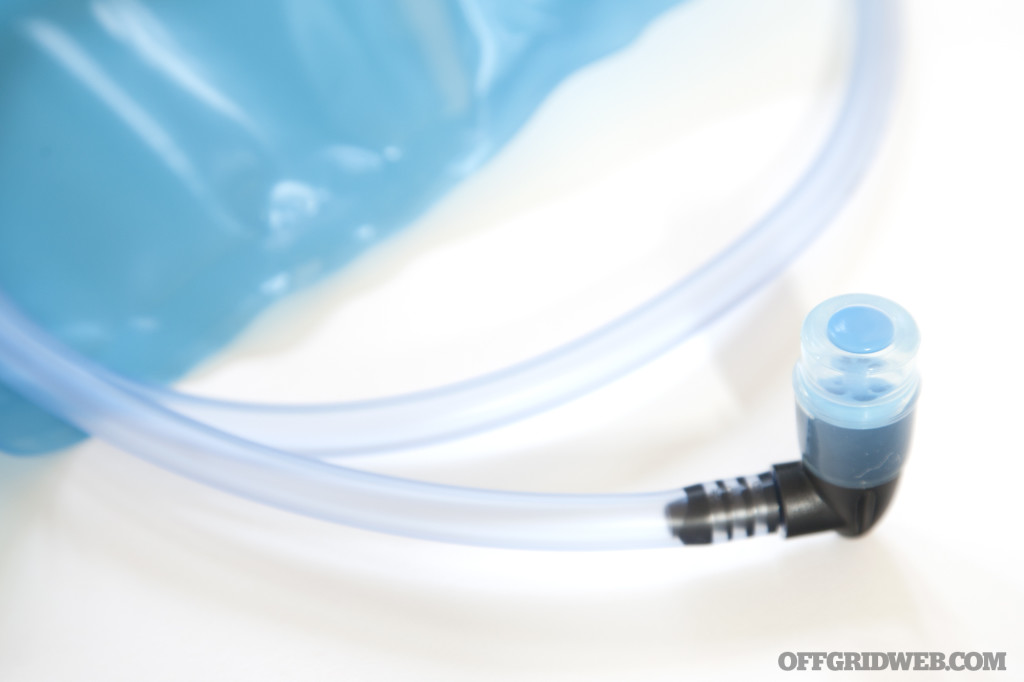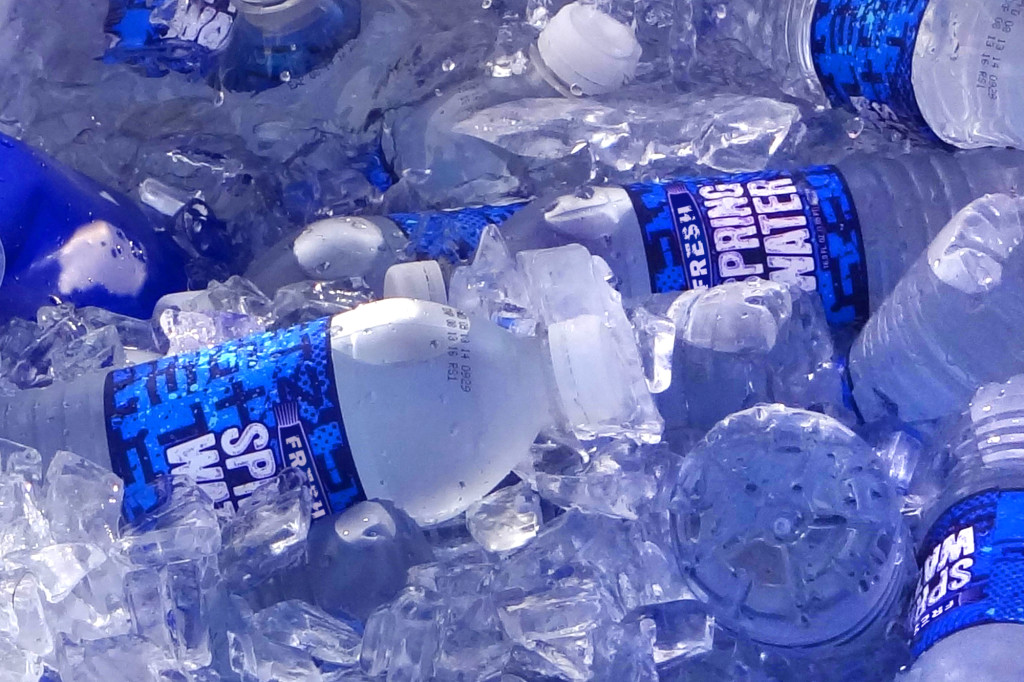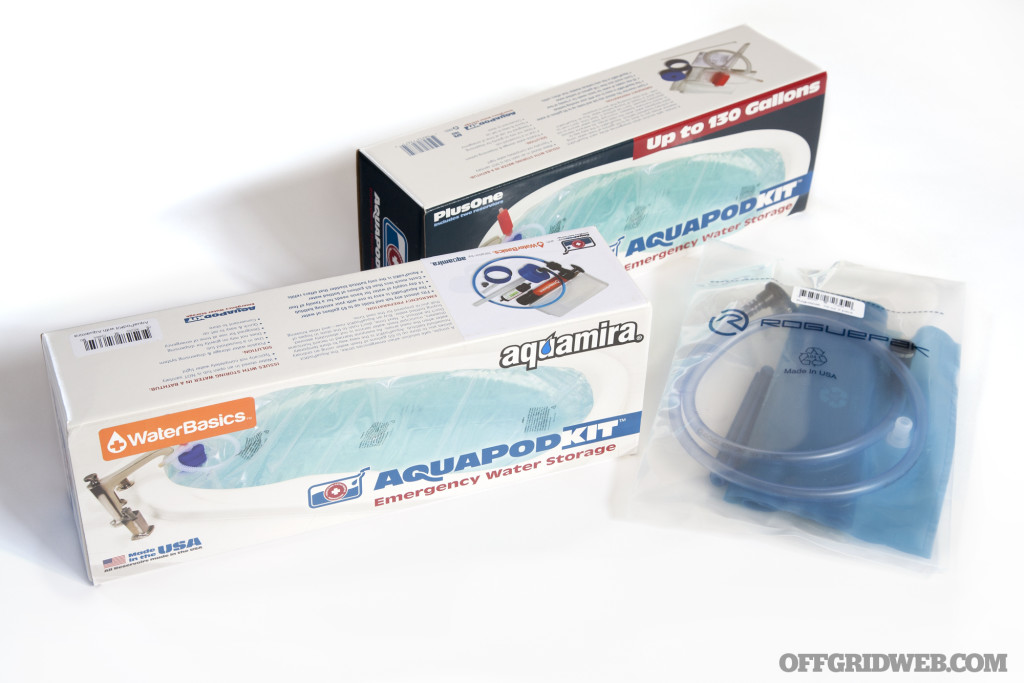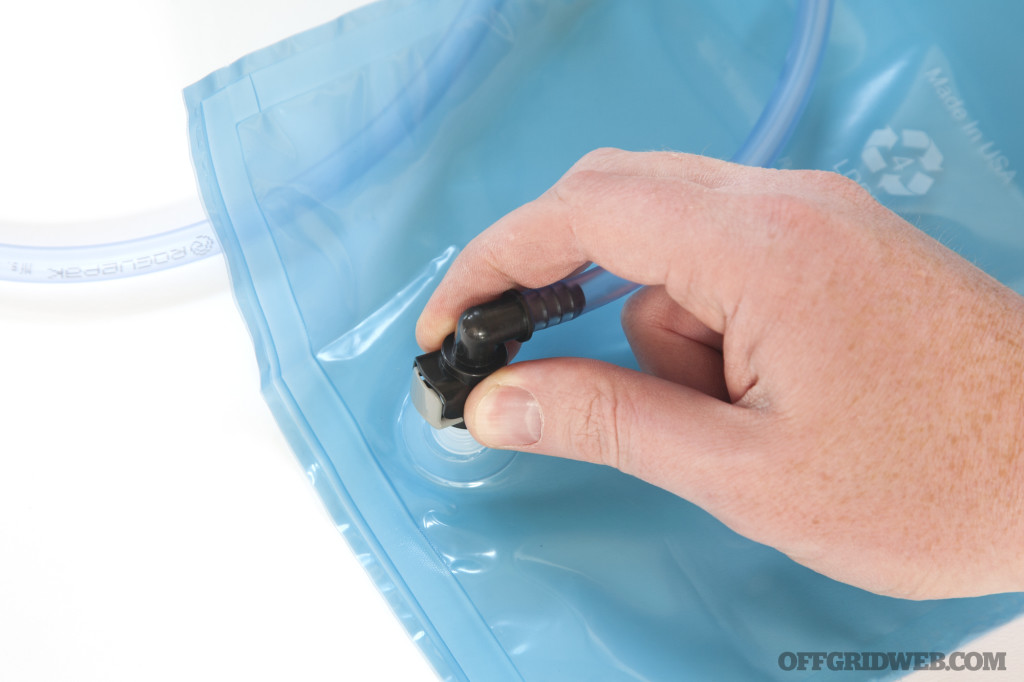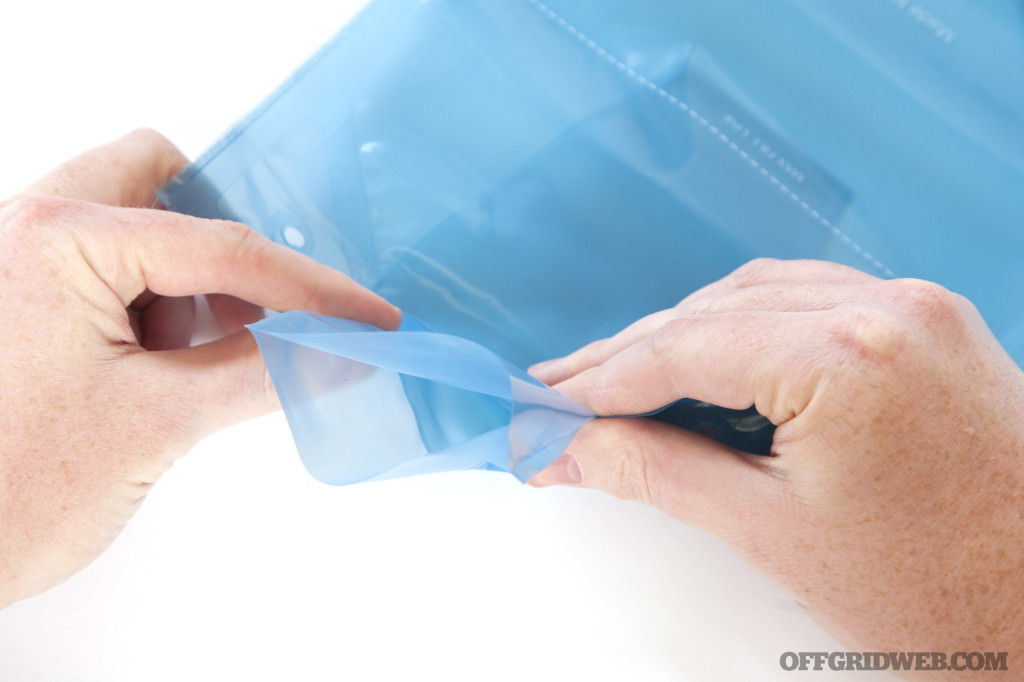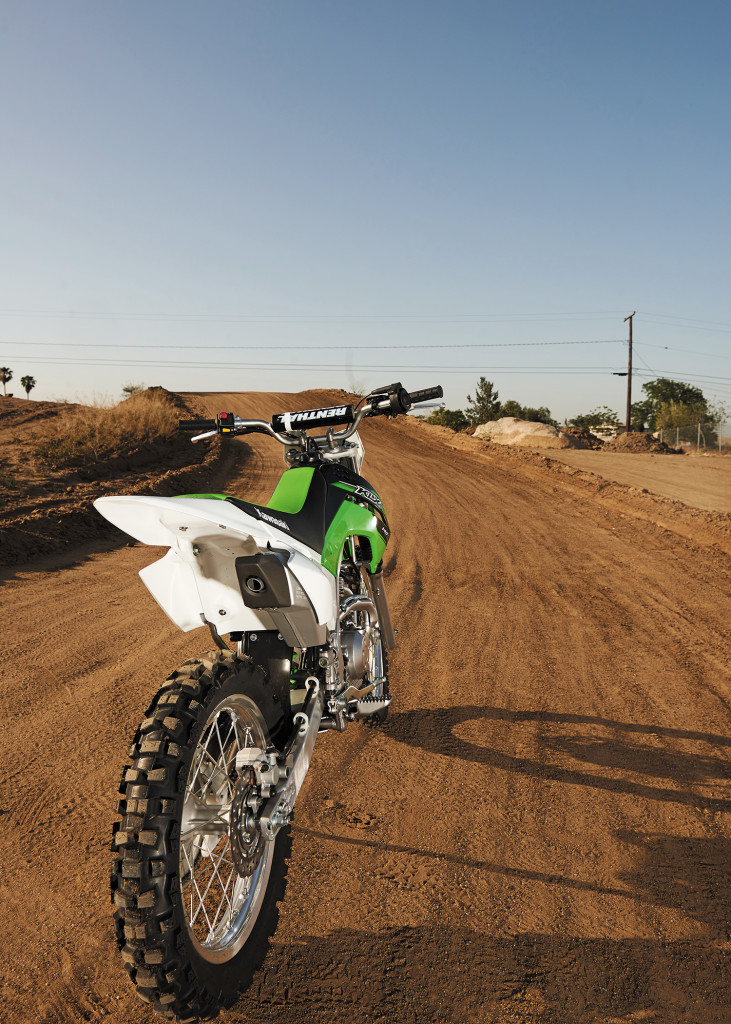In 2009, Dr. William R. Forstchen's One Second After took the world by storm. Equal parts thriller and cautionary tale, it was cited on the floor of Congress as a book all Americans should read. For those who somehow missed it, the book examines the aftermath of an EMP (electromagnetic pulse) weapon being detonated in the United States. In literally one second, virtually all electronics are rendered useless.
In the novel, John Matherson — a retired U.S. Army colonel and professor of history at Montreat College in North Carolina — reluctantly steps up to lead his community in the wake of this horrible disaster. One Second After realistically portrays both the good and the bad that would be associated with such a cataclysmic event. It became an instant classic in the prepper world.
The long-awaited sequel, One Year After, recently hit book shelves and is available on all e-book platforms. Forstchen graciously took time out of his busy schedule to discuss the realities of an EMP attack, how his best-seller changed his life, and what we can expect from his latest work of fiction.
OG: Every author hopes their work finds an audience with whom it will resonate. When you were writing One Second After, did you have any inkling of just how popular it would become?
William R. Forstchen: No idea whatsoever! By the time I wrote One Second After, I had published over 40 books, mainly in the field of science fiction. But after completing graduate school with a Ph.D. in history in 1994, I was shifting more into history, and military history. I had reached a comfortable level as an author but — other than the books I had coauthored with Newt Gingrich — had never, with just my name on the cover, hit best-seller status.
I actually wrote the book before “taking it out” for publishers to look at. Around 10 or so publishing houses rejected it, until finally Tom Doherty at Tor/Forge took a second look and decided to go with it. So from the time I first started writing until the day it hit the book shelves was over five years. It was the shock of a lifetime when, two weeks after the book was released, my agent called with the news that we had just hit New York Times best-seller status and the book was off and running.
It has been about six years since One Second After was first published. In the time since, the book has been cited on the floor of Congress as well as used as a cautionary teaching tool across the country. Do you feel the United States has made any significant progress in terms of EMP hardening?
WF: This is definitely one of those “yes and no” type answers. My hope was that the book would arouse interest at the federal level for two major actions. The first to begin a serious effort to at least “harden” some of our infrastructure from the threat of an EMP or CME (Coronal Mass Ejection) from the sun. Second to start, as was done back in the 1950s regarding nuclear war, a campaign of national preparedness, meaning public information, training of military and government personnel, and stockpiling of supplies. And third, to encourage a more robust foreign policy to prevent potential enemies willing to use nuclear weapons from obtaining those weapons.
The federal government has failed on all fronts. I am appalled by the lack of action in Congress and by an executive branch that has failed both with North Korea and Iran to make abundantly clear that even the remotest kind of threat will never be tolerated. America could and did recover from Pearl Harbor and Sept. 11 — recovery from an EMP strike is impossible. There will be no second chances.
The “yes” side of my answer? I have been amazed by the response of “we the people,” even while the federal government is moribund in its response. Millions of ordinary citizens are taking the threat seriously and preparing. I disdain how media tends to portray preppers. I have attended dozens of conferences since the book was published and have found the ever-growing prepper movement to be made of Americans who believe in self-reliance rather than wait for the government to do something first. I see them as the hope of the future.
From your perspective and research, what are one or two things you feel we as a country should be doing in terms of getting better prepared for an EMP threat?
WF: Every citizen should be prepared to provide for themselves and their family for up to a year after such an event. It is good common sense, which applies not just to an EMP, but also to a major solar storm, a Katrina-level hurricane, a serious financial collapse. Preparing is just plain old common sense.
On the federal level? If I could chose but one thing, it would be a robust foreign policy that made abundantly clear to Iran, North Korea, and their potential surrogates that we will not hesitate to strike first if we suspect a move toward hitting us with an EMP. An EMP is a first-strike weapon that, if used against us first, will be a blow this nation can never hope to recover from. The Congressional study of 2004 stated that the fatality rate would approach 90 percent after one year. We are not talking about 3,000 dead as witnessed on Sept. 11 and also on December 7th. A major EMP strike would be a near extinction level event for the United States, and our federal government has utterly failed to treat it with the seriousness required.
What was the impetus behind writing One Second After? Did research lead you to the story idea or was it the other way around?
WF: I was in Washington D.C. on the day the 2004 report on EMP was released and saw the complete non-reaction of the mainstream media and the rest of government. I later spoke with the chairman of that committee, Congressman Roscoe Bartlett, who lamented that the problem was that the issue of EMP lacked a constituency of voters who took the topic seriously. He then urged me to write a popular novel to try to get the word out. That was the original motivation, then fueled by the research the work required and the realization on my part of how vulnerable we are to this threat.
My inspiration came as well from some of the great classic cautionary tales of the 1950s and '60s, such as Alas Babylon, Fail-Safe, and the truly frightening On the Beach. Those books helped to awaken and move public opinion, and I owe an acknowledgement to those works.
Without giving away any secrets, what is the basic storyline of One Year After?
WF: [Smiling.] As the title implies, it picks up the storyline a year after the end of One Second After. It presents two plotlines, the first being how to start rebuilding infrastructure, and even more importantly, how does America start to rebuild itself as a nation. Do we do so from the top down under the aegis of a renewed federal government, or from the bottom up of local communities reuniting?
Did you always plan to do a sequel to One Second After?
WF: Definitely not! I resisted for quite a few years. It was a highly disturbing storyline. I use to joke with my daughter that someday I was going to write a book titled Happy Bunny Goes to Town — seriously I really did want to write a happy children's book! I did have the pleasure of writing a book in cooperation with NASA, Pillar to the Sky, which presented a positive vision of a renewed space program. But always I was being asked to do a sequel to One Second After and finally I could no longer say no. That and enough time had passed that even in my own mind I found myself mulling over just how we might rebuild and what political and military challenges would then be “out there.”
Your hero, John Matherson, is a history professor at Montreat College. You are a history professor at Montreat College. Is that as far as the similarities go between you and your protagonist?
WF: We both teach at Montreat. I have one daughter who became something of a model for the two daughters, though a difference I thank God for is that my daughter's health is exceptional. But as to who John is, I modeled him after a dear friend, a retired WWII general who passed away just as I started to write the book, and several other veteran officers — men who, after the experience of war, sought to live lives of peace, but in a time of crisis could rise to the challenge. So many characters in the book are based on real friends and neighbors. I hope I did them justice because Black Mountain and Montreat, North Carolina, stand in my mind as the best of what America was, is, and will always be.
Novelists often mention how their characters seem to have a life of their own. Did any of your characters end up doing something that surprised you or perhaps took the narrative in an unexpected direction?
WF: There were moments of plot turns I had not anticipated. Two of the most difficult scenes to write actually involved John's dogs. I too owned Golden Retrievers and a Yellow Lab. When the moments came when the dogs played a major role, I had not anticipated writing about that aspect of post-EMP survival, but memory flashed of what happened during the sieges of Leningrad and Stalingrad in WWII. That was some very difficult moments to wade through, and since publication many readers have said those were the most difficult scenes to read in the book. Beyond that, part of the ease of writing the book was the fact that nearly all characters were based on people I know, and as the plot unfolded I simply had to write down how I would see them reacting.
Anything else you'd like to share?
WF: I still want to hope that not just my book, but others on the subject that have come out since my publication in 2009 will finally stir public reaction to demand a comprehensive and aggressive response by the federal government. I hope that protection and preparedness for an EMP or CME will actually be a serious issue in the 2016 elections. A presidential candidate, on either side, who states preparedness is one of their top priorities will most certain have my attention.
Everybody Loves a Good Story
Novels about the end of the world, or at least the end of the world as we know it, are especially popular amongst those who prepare for such things in real life. Not only do we enjoy reading about how folks fare after a major disaster, we can sometimes pick up new tricks and ideas to try ourselves. Many authors, such as William Forstchen, do extensive research as they craft their stories, working many real-world skills and bits of gear into the narrative.
Should you be in the mood for more world-altering destruction, here are a few suggestions:
The Ashfall Series by Mike Mullin
Alex is a teenager looking forward to having the house to himself for the weekend. His family is headed out of state to visit relatives. Unfortunately, fate has other plans and instead of a relaxing few days playing video games, Alex's world comes crashing down. The Yellowstone caldera, essentially a giant underground volcano, erupts and within days the entire United States is in disarray. What wasn't immediately affected by the blast is covered in feet of ash. Alex decides to make his way to where his family was heading and strikes out on foot. As the story progresses through three novels and one novella, Alex comes of age in a world irreparably and forever changed.
Hatchet by Gary Paulsen
A classic in every sense of the word, Hatchet has been thrilling readers for almost 30 years. Young Brian Robeson is flying to meet his father in Canada when his pilot suffers a fatal heart attack. After crash landing the plane in a remote lake, Brian is left on his own to find a way to survive in the wilderness. At his side is his only true survival tool, a hatchet his mother gifted him just prior to departing the airport. Brian spends almost two months in the wild, learning through trial and error how to survive. His adventures continue through another four books.
Pandemic by Yvonne Ventresca
Lilianna is 16 years old when her world is turned upside down. Both of her parents have jobs that take them out of town, and it's during one of those times that a new flu strain crops up and begins sweeping the glove. Called the Blue Flu, because it chokes off the victim's air supply, it's deadly and very infectious. Lilianna is something of a closet prepper, but she's far from ready for a crisis like this. As society begins crumbling around her, she's forced to reach out for help. Eventually, she teams up with several other teens in town to scavenge supplies as well as try to locate more survivors.
The Rule of Three by Eric Walters
EMP is the culprit in this trilogy. Adam is in high school, helping a friend with his homework, when the lights go out. It doesn't take long for folks to realize this isn't a normal power outage as vehicles, cellphones, and other technology have also gone dark. Adam's father, a commercial pilot, was out of town when the EMP hit. His mother, a local police captain, helps organize the community for safety and security. Adam's next door neighbor, Herb, is a retired government worker who turns out to be far more than he seems. Over the course of three novels, Adam learns just what it takes to survive in this new world.
The Weller by Adam Whitlatch
Some folks like wilderness survival stories, others are more interested in a community banding together sort of affair. For those who enjoyed the Mad Max movies, this one's for you. The Weller is full of gun battles being fought from muscle cars screaming through a desert wasteland. Matt Freeborn is the titular Weller, a person who can find water in a drought-stricken world. Time and again, though, it is his skill with a rather large firearm that keeps him alive.
Wake-Up Call by John D. McCann
The author is a well-known authority on survival and self-reliance. In this book, McCann's first novel, he utilizes fiction as a teaching aid. Todd and his wife, Melissa, are a relatively average couple. Far from anything resembling preppers, they are wholly unprepared for a massive earthquake that strikes their hometown. Utilizing an approach of, “Here's an example of what not to do,” McCann teaches the reader quite a bit about disaster readiness as the story goes along.
